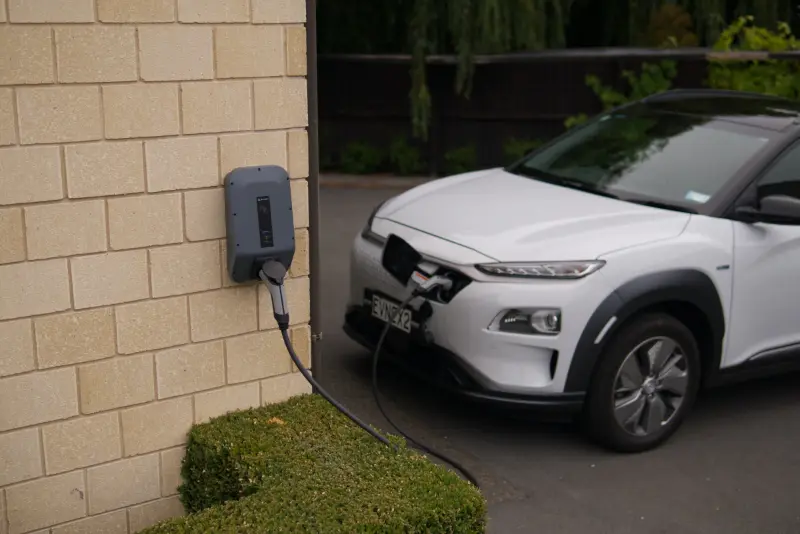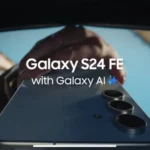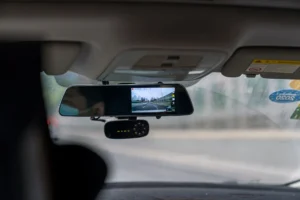
The rapid adoption of electric vehicles (EVs) has brought about a revolution in personal transportation, offering a cleaner and more sustainable alternative to conventional gasoline-powered cars. However, the convenience of owning an EV is significantly influenced by the availability of reliable and accessible charging infrastructure. Installing a home EV charger is a crucial step towards maximizing the convenience of EV ownership and enhancing the overall driving experience.
Table of Contents
Understanding EV Charger Types
EV chargers are categorized into different levels based on their charging speed and power output. Here’s a breakdown of the common EV charger levels:
Level 1 Chargers: These are the most basic type of EV chargers, typically found in homes and workplaces. They operate on standard household voltage (120V) and provide a relatively slow charging rate of 1.4 to 3.3 kW.
Level 2 Chargers: Offering significantly faster charging speeds, Level 2 chargers operate on 240V and deliver power ranging from 3.3 to 19.2 kW. They are commonly installed in homes, public parking garages, and commercial establishments.
DC Fast Chargers: These are the fastest EV chargers available, capable of delivering up to 350 kW of power. They are primarily found along highways and in public charging stations, enabling rapid charging for long-distance travel.
Selecting the Right Home EV Charger
Choosing the right home EV charger is crucial for maximizing convenience and ensuring efficient charging. Here are some key factors to consider when making your selection:
EV Battery Capacity
The battery capacity of your EV determines the amount of energy it can store and the charging speed it can handle. Larger battery packs require higher power chargers for faster charging. For instance, a Tesla Model 3 with a 60 kWh battery can be fully charged in about 10 hours using a Level 2 charger, while a Tesla Model X with a 100 kWh battery would take around 16 hours using the same charger.
Daily Driving Habits
Your daily driving patterns and average distance traveled play a significant role in determining the appropriate charger level. If you primarily drive short distances around town, a Level 1 charger with a charging rate of 1.4 to 3.3 kW may suffice. However, if you frequently travel longer distances, a Level 2 charger with a charging rate of 3.3 to 19.2 kW is recommended for faster charging and reduced downtime.
Power Availability
Before selecting a home EV charger, it’s essential to assess your home’s electrical system to ensure it can handle the additional power demand. Level 1 chargers typically operate on standard household voltage (120V), while Level 2 chargers require a 240V circuit. If your home’s electrical system is not equipped to support the chosen charger, you may need to consider upgrading your electrical panel or consulting an electrician.
Additional Considerations
- Charger Compatibility: Ensure the chosen EV charger is compatible with the connector type of your EV. Common connector types include J1772 (Tesla, Ford, Chevrolet), CCS Combo (General Motors, Nissan), and CHAdeMO (Mitsubishi, Nissan).
- Charging Features: Consider additional features like adjustable charging speeds, scheduling options, and connectivity capabilities that can enhance your charging experience.
- Smart Chargers: Smart chargers offer advanced features like remote monitoring, energy management, and integration with smart home systems.
- Cost and Warranty: Evaluate the cost of different charger models and compare warranty coverage to make an informed decision.
Planning and Installation
Careful planning and professional installation are essential to ensure a safe and efficient home EV charger setup. Here are the key steps involved:
Site Selection
Choose a convenient location for the charger, preferably close to a parking spot or garage. Consider factors like accessibility, ease of use, and aesthetics.
Electrical Inspection
Engage a qualified electrician to assess your home’s electrical system and ensure it can safely accommodate the power requirements of the chosen charger.
Permit Acquisition
Depending on local regulations, you may need to obtain a permit from your city or municipality before proceeding with the installation.
Installation Process
The installation process typically involves mounting the charger on a secure wall or pedestal, connecting it to the electrical panel, and grounding the unit properly.
Testing and Commissioning
Once the installation is complete, have the electrician test the charger to ensure it is functioning correctly and safely.
Maintaining and Using Your EV Charger
Proper maintenance and usage can extend the lifespan and performance of your EV charger. Here are some essential practices to follow:
Regular Maintenance: Conduct regular inspections of the charger for any signs of damage, wear, or corrosion. Clean the charging port and connections to maintain optimal performance.
Proper Usage: Always connect the charging cable securely to both the EV and the charger. Avoid leaving the cable plugged in when not in use to prevent unnecessary wear and tear.
Troubleshooting: If you encounter any issues with your EV charger, refer to the user manual for troubleshooting tips. If the problem persists, contact the charger manufacturer or a qualified electrician for assistance.
Environmental Considerations: Protect the charger from extreme weather conditions and direct sunlight to prolong its lifespan.
User Education: If multiple people use the charger, ensure everyone is familiar with proper usage and maintenance procedures.
Choose a Perfect EV Charger
Installing the right EV charger at home is an investment that enhances the convenience and overall experience of EV ownership. By considering your EV’s needs, daily driving habits, and power availability, you can select the most suitable charger for your home. With proper planning, installation, and maintenance, you can enjoy the benefits of seamless EV charging and a more enjoyable driving experience.








